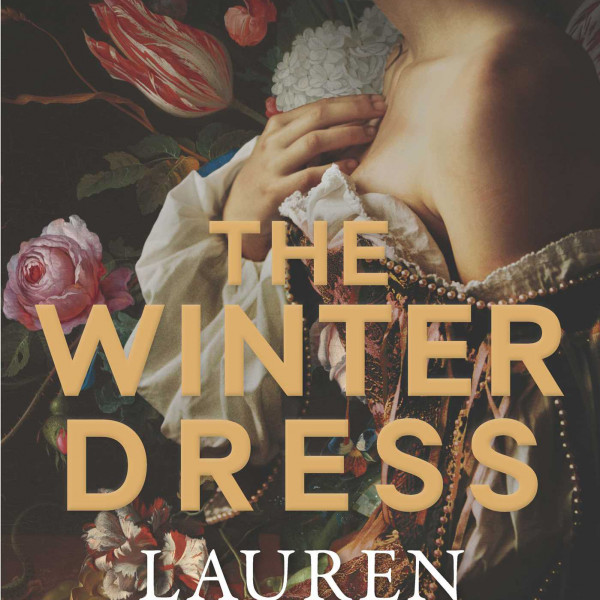
Lauren Chater travelled to the Netherlands to research this book, inspired by a real 17th century dress found underwater off the coast of the Netherlands, and it shows. She writes elegantly and concisely, with clear deference to the importance of the history of this dress and how the find impacted those involved. I enjoyed the glimpse into life upon the coastal Dutch island where The Winter Dress is partially set, through the lens of Jo Baaker, our indomitable heroine who is drawn to the discovery of a silk dress that has somehow survived centuries underwater, insulated by mud. Jo is determined to ensure conservation of the precious find while allowing the people of the island to view the gown and be part of its history.
Chater takes several notable women’s names from Dutch history and combines them to make the story a clear imagining, a mere suggestion of what could have been without committing to a historical statement. Chater introduces us to Anna, a young woman left alone in a vulnerable position in 17th century Holland due to the death of her family. Anna is swept up in an opportunity that takes her to live with Catharina van Shurman – based, I assume, on Anna Maria van Schurman, a real-life Dutch artist and intellectual, and Catharina van Hemessen, a Flemish renaissance artist.
Instrumental in advancing women’s education and social rights, Catharina brings a strong theme of feminism as a thread that runs through this book. I found the subtle noting of the power imbalance interesting – Catharina boldly studying, writing, and influencing men of her time while also using Anna as a handmaid, kept silent and in her place, merely hoping to survive.
This thread continues in Jo’s side of the story. As she researches the dress and the potential owners of it, she finds herself casually betrayed by a male colleague, viewing the opportunity to advance his own career as more important than anything else.
The Winter Dress was an enjoyable, if romanticised, read.






















